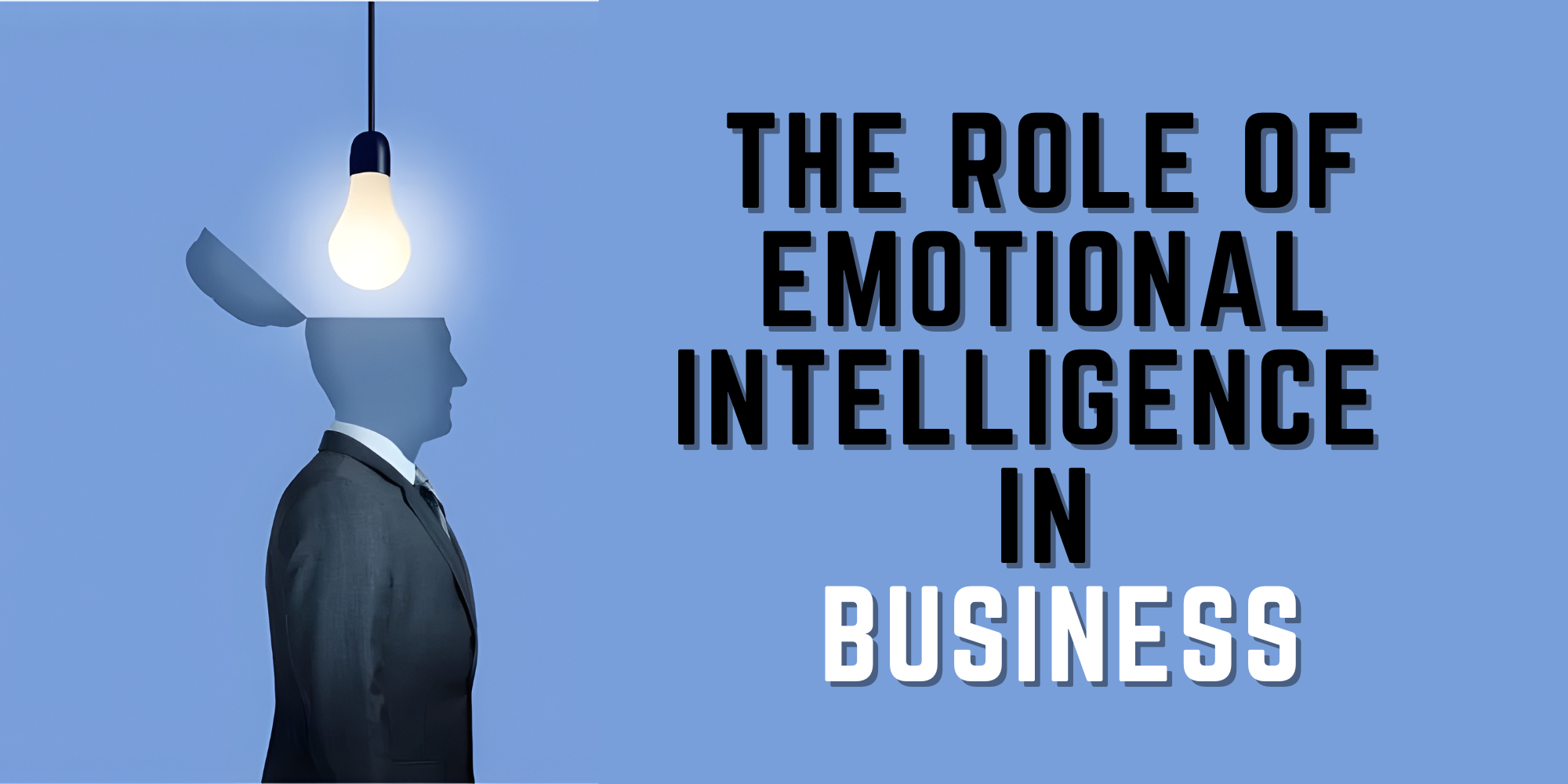
In an ever-evolving business landscape, there’s a growing recognition of the value of emotional intelligence (EI) and mindfulness in leadership. These two components go beyond traditional measures of intelligence, addressing the ‘human side’ of professional interactions and decision-making. This article will shed light on the concept of mindful leadership and the pivotal role of emotional intelligence in business.
The Essence of Mindful Leadership
Mindful leadership is about being fully present and aware in every situation, making conscious decisions rather than reacting impulsively. This holistic approach encourages leaders to understand their thoughts, emotions, and actions better, leading to increased self-awareness, greater focus, and improved decision-making.
Mindfulness fosters emotional regulation, a key aspect of emotional intelligence, enabling leaders to manage their responses to different situations. It promotes active listening, empathy, and better understanding of team dynamics, leading to more effective communication and collaboration.
Emotional Intelligence: The Heart of Effective Leadership
Emotional intelligence, at its core, involves understanding and managing our emotions and those of others. This skill is invaluable in a business setting, where emotional dynamics often influence productivity, team harmony, and overall morale.
There are four key components to emotional intelligence:
- Self-Awareness: This is the ability to recognise and understand one’s emotions. Self-aware leaders can identify their strengths and weaknesses and are open to feedback, which contributes to personal and professional growth.
- Self-Management: This involves controlling one’s emotions, especially in stressful situations. Leaders who can manage their emotions effectively are better equipped to handle business challenges and make level-headed decisions.
- Social Awareness: This requires understanding and respecting the emotions of others. Leaders who show empathy can build stronger relationships with their team members and foster a more inclusive and harmonious work environment.
- Relationship Management: This encompasses managing interactions with others effectively. Emotionally intelligent leaders can navigate conflicts, influence others, and drive teamwork and collaboration.
Embracing Emotional Intelligence: A Path to Mindful Leadership
Mindful leadership and emotional intelligence are intertwined. Practising mindfulness allows leaders to improve their emotional intelligence skills, leading to more authentic and effective leadership.
By being more aware of their emotions, leaders can better manage their responses to stressful situations. They can also empathise more effectively with their team members, understanding their feelings and viewpoints. This emotional intelligence enhances team collaboration and engagement, leading to improved performance and productivity.
Moreover, a mindful leader with high emotional intelligence can better navigate organisational changes and uncertainty, crucial in the ever-changing business landscape. They can inspire and motivate their teams, fostering resilience and innovation.
Emotional intelligence and mindful leadership are not just ‘nice-to-have’ skills but essential aspects of effective leadership. They lead to enhanced communication, better decision-making, improved team morale, and ultimately, business success. By practising mindfulness and honing emotional intelligence, leaders can navigate the complexities of the business world with greater ease and authenticity. In essence, mindful leadership fuelled by emotional intelligence is about embracing the human element of business, paving the way for a more conscious and connected way of leading.
.thumbnailWrapper
width:6.62rem !important;
.alsoReadTitleImage
min-width: 81px !important;
min-height: 81px !important;
.alsoReadMainTitleText
font-size: 14px !important;
line-height: 20px !important;
.alsoReadHeadText
font-size: 24px !important;
line-height: 20px !important;










![Read more about the article [Funding alert] Logistics startup Holisol raises $3M in debt from Northern Arc](https://blog.digitalsevaa.com/wp-content/uploads/2021/06/HOlisol-1622466124239-300x150.jpg)
